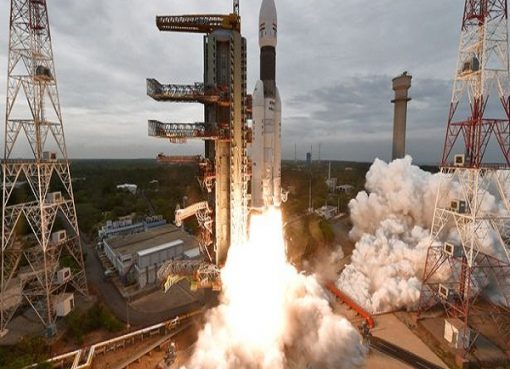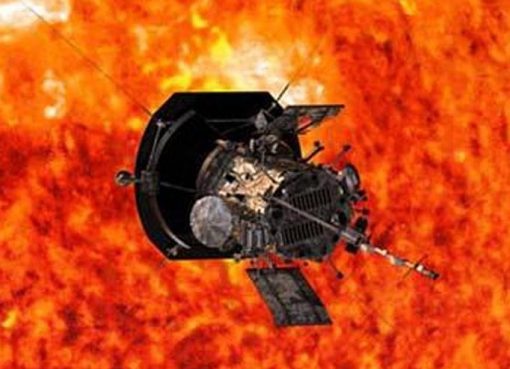Guest writer, writer and content strategist, Nicole D Garrison, is exploring the benefits of bio-metric technologies and their practical application in various sectors.
The use of bio-metric technology has been a hotly debated topic in recent years. It’s extreme usefulness for identification is widely acknowledged, but security becomes a significant problem; as a result, bio-metrics once again ignited the debate of security vs customer experience, which is something people have been talking about for quite a while now.
Even though bio-metric identification has once been a domain of secret agents, it has been moving at the speed of light in recent years (in fact, the global bio-metric system market is growing 15 percent annually and is expected to reach an estimated $32.4 billion by 2022) urging governments across the world to come up with regulations to protect sensitive data. The fact that the use of bio-metric technology has been at the centre of attention of government officials suggests that its future lies beyond mobile apps and an adequate level of protection is needed.
One more reason why we should ensure that the use of bio-metrics is available, is its amazing abilities. In this article, we’ll go over four tools of bio-metric technology that will make a difference for millions in 2019 and beyond.
Facial Recognition
Only a few technologies are so profoundly popular as this one. Not a lot of technologies have created so many challenges for all kinds of organisations and governments around the world.
Simply defined, facial recognition is the process of identifying or verifying a person’s identity using a person’s facial features and patterns. Often using a digital camera, the technology can detect faces both live and on images using their features and comparing them to templates stored in a database.
For many people, using this technology makes perfect sense, as we humans recognise themselves by looking at our faces in the mirror. Besides, it has been making a difference:
- According to the U.S. Customs and Border Protection (CBP), the facial recognition system has helped to identify 7,000 air passengers who overstayed their visas
- Schools like St. Mary’s High School in St. Louis use the system to keep their campus safe by notifying security staff if unauthorised visitors enter school grounds
- Mobile apps utilise the technology to ensure that only authorised users pass security verification.
Fingerprint Identification
This is another type of biometric identification that refers to the automated identity confirmation approach based on the comparison of two fingerprints. It has gained prominence in recent years as well, mainly thanks to the use of acquisition and wider acceptance compared to other bio-metrics.
This method uses special readers to compare two fingerprints and identify an individual properly. There are several types of fingerprint readers, but their primary objective is to create bio-metric templates of fingerprints on the base of a digital image.
“By looking for three essential finger pattern types – the arch, the loop, and the whorl – the reader can define whether a person matching the data exist in a database and grant the access,” says Dean Rowe, a web security expert from BestEssay.Education.
There is a wide range of areas in which technology can be used, including:
- Law enforcement. Police officers can use fingerprint readers to speed up criminal investigations.
- Member management. Many businesses who have vast membership bases can use fingerprint readers to grant access to facilities like gym, co-working spaces, etc., thus eliminating the need to carry membership cards.
- Practically everywhere where traditional identity cards or attendance systems are utilised.
Many companies are already working on state-of-the-art fingerprint scanners; for example, Samsung has recently developed the Ultrasonic scanner for Galaxy S10 devices that uses ultrasonic pulses to detect valleys and 3D ridges of users’ fingerprints.
Signature Recognition
Simply defined, this bio-metrics-based identification method involves using a handwriting style – and signature in particular – to authenticate an individual. When a person provides their signature, a device like a camera digitises it, and the input data is run through a software algorithm that has text recognition capabilities.
Since the signature is a widely accepted identification tool, the use of this method is becoming widely accepted in many industries, including banking and law enforcement. Since obtaining a signature is easy and simple, it’s reasonable to assume that this identity verification method will become common in areas involving business transactions in the future.
Signature recognition technology is already expanding by learning how to recognise texts to maximise the level of security. In this case, the use of online tools like Trust My Paper, Grab My Essay, Grammarly, and Studicus is recommended to create complex texts and phrases for verification purposes.
Voice Authentication
There are many voice-based digital assistants already in use (in fact, there’s evidence suggesting that there are 3.25 billion active voice assistants), and they rely on a user’s voice to work. Like fingerprint and face recognition, it also digitises a user’s input – in this case, a voice sample – and produces a template which it uses to authenticate individuals.
Experts suggest that voice bio-metric technology is more advanced in terms of security compared to physical characteristics because the identification engine takes more factors into consideration. For example, they include voice behaviour, specific phrases, acoustic speech patterns, and countless others.
Already, the list of application of voice recognition technology includes security of bank accounts and banking apps (for example, Bank of Scotland uses it to eliminate passwords and increase the overall security of accounts), mobile payments, personal assistance (Echo Dot, etc.), and translation.
Thanks to AI, voice recognition technology doesn’t rely on specific phrases to recognise similarities and differences. This, added with a high user acceptance because of the non-intrusive nature, ensures that the technology will continue to develop in the future.
The Future for Bio-metric Technologies is Bright
Although bio-metric identification technologies still face some barriers, it’s safe to assume that their application field will expand in 2019 and beyond. Clearly, their future lies beyond face filters in mobile apps, so hopefully, they will bring us a lot of benefits in numerous areas of application.
Source: scitecheuropa










